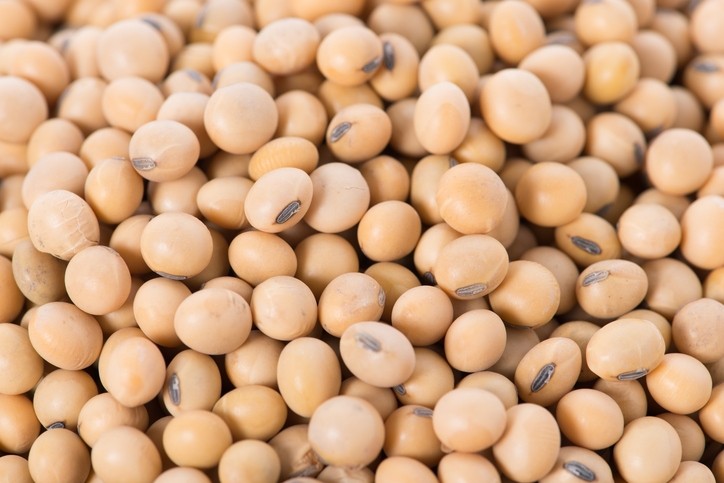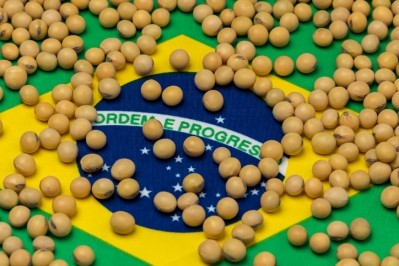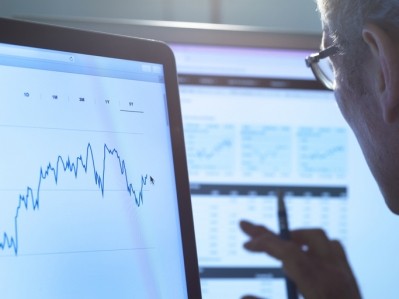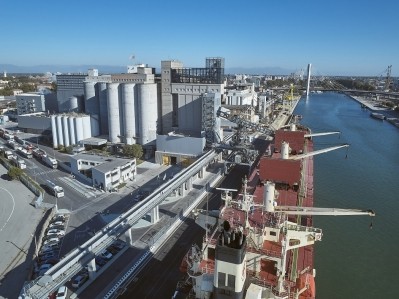What is stopping responsible soy from reaching scale?

As soy is a hidden commodity in the final animal protein product, consumers are not fully aware of its use in livestock diets, and so there is little pressure on downstream companies to ensure sustainable sourcing of that feed raw material, argues Clément Tostivint, sustainable development manager, Avril, which owns the leading French feed producer, Sanders.
“The non-GMO soy issue is quite strong [in terms of consumer pressure in Europe], but the demand driver for sustainable soy is not there,” he told us.
The question of who pays for the additional costs of the premium attached to certified RTRS or ProTerra soy, though, is another barrier to greater take-up, and one that still needs to be addressed, he stressed.
“It definitely cannot be the animal feed producers that bear the additional cost alone – the premium associated with sustainable soy has to be shared by all stakeholders in the value chain, up to and including the consumer."
He said Avril/Sanders does provide certified soy – ProTerra or RTRS - when particular customers request it. “But it is clear, for now, demand is limited.”
Certified soy volumes are low
Almost 12 million tons, or 21% of the global supply of palm oil, is now certified as responsible and sustainable, according to the Roundtable on Sustainable Palm Oil (RSPO). However, only about 1-2% of the 270 million annual tons [on average] of global soy production carries such credentials.
The Round Table on Responsible Soy Association (RTRS) says demand for responsibly-produced soy is on the rise, with healthy sales levels in 2017. The 2.2 million tons sold last year, it said, represented an 8% growth in sales compared to 2016. RTRS president, Marina Engels, told us previously that figure could jump to 10% in five years if demand for RTRS credits and produce increases.
Around 75% of global soybean production is used for animal feed, according to WWF data.
Multi-stakeholder platforms
Tostivint is talking about the actions needed to further stimulate demand for certified soy at an event organized by the RTRS in Lille on 30-31 May - RT13.
The Avril Group is engaging with the whole supply in terms of discussions on how to boost demand for soy, he said.
“We do believe that when it comes to soy sustainability there is no one single action to address the range of issues involved.”
The group’s strategy, then, in relation to its own soy use is multifaceted.
“We have two main approaches - one related to imports where we want to support a sustainable soy value chain – the other is about developing non-GMO soybean cultivation in France, structuring and organizing the supply chain around that. That is something we have been working on for several years now, through partnerships with other key stakeholders. We believe the French non-GMO soy sector could be competitive in terms of non-GMO soy imports.”
Both it and its feed business, Sanders, are involved in multi-stakeholder initiatives, he said.
Sanders was one of the first signatories of the Duralim Charter, a collective approach in France aimed at improving the sustainability of livestock feeds. Avril is also engaged with that platform. “All the stakeholders in Duralim made a commitment in March to work towards 100% sustainable raw materials by 2025, including a commitment on zero deforestation.”
Avril is, via its subsidiary Feed Alliance, a member of the RTRS Executive Board. Feed Alliance purchases soy on behalf of Sanders. “In 2015, the Feed Alliance was the first French feed industry stakeholder to join the RTRS. Since then, each year, we buy for 10,000 RTRS credits for Sanders, and that shows our commitment and our willingness to contribute to the development of a sustainable value chain. Feed Alliance also brings its knowledge and expertise of the soy market to the RTRS Board.”
Soy footprint initiative
He said Avril is also part of a new collaborative project being run by the Consumer Goods Forum (CGF), under its soy buyer’s coalition, to produce a soy footprint.
“It is a new and original approach. The idea is that the buyers will share their data on soy sourcing such as their volumes, their direct suppliers and the type of soy purchased, but, in fact, any data that they have at all on soy sourcing, however limited.
Then, researchers from universities and NGOs will apply a statistical model to analyze that data. They will bridge the gap between the data we supply and the producing regions. The idea is to get as much data as possible and to develop a soy footprint, to see the regions from where the soy is being sourced. Once you know the regions, you know where the risks areas are, more or less, and you can then create targeted actions.
“We are only at the beginning of the first phase, pulling the data together and starting the statistical analysis.”
The ultimate aim of the CGF, is this regard, is to use the data to secure finance from international funders to contribute to projects on the ground, he added.










